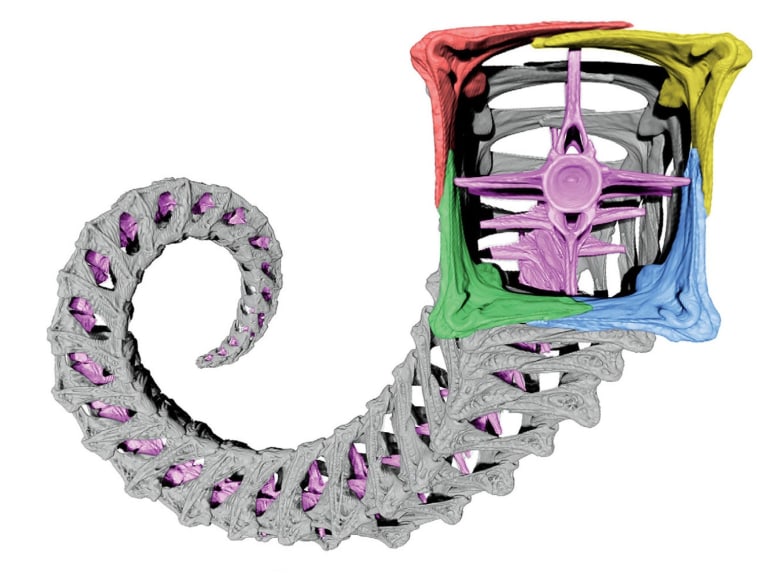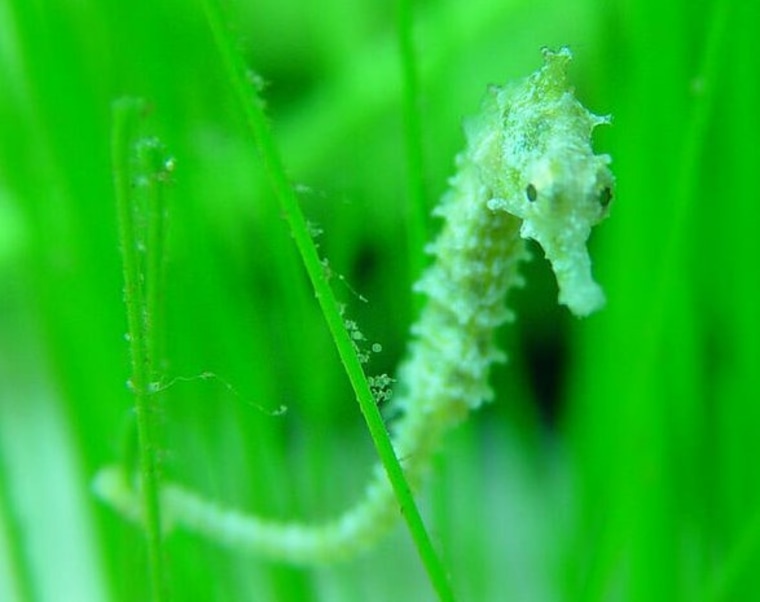The tail of the seahorse doesn't do it any favors when swimming, but it's also a marvel of natural engineering. The appendage allows the creature to grip objects strongly and protects its spine as well. Scientists think this unique accessory could inspire new robotic arms that are both robust and flexible.
Related: Scientists Aspire to Nature's Genius With 'Biomimetic' Research
"Human engineers tend to build things that are stiff so they can be controlled easily. But nature makes things just strong enough not to break, and then flexible enough to do a wide range of tasks," Oregon State University's Ross Hatton, co-author of a study on the seahorse tail, explained in a news release.
"This could be very useful for robotics applications that need to be strong, but also energy-efficient and able to bend and twist in tight spaces."

Seahorses' tails are a great example of this: the vertebral column is surrounded by square, bony interlocking plates that not only allow for great strength and grip but also absorb shock and crushing forces without exposing the spine to danger.
Related: Cuttlefish's Shifting Colors Could Be Reproduced in 'Artificial Skin'
A robot arm built in this this style could be more resilient and stronger than a cylindrical or jointed one of comparable size. That would make it useful for search and rescue or industrial applications, yet still flexible enough to use in surgery.
The paper describing the potential of the tail's square structure appeared Thursday in the journal Science.

